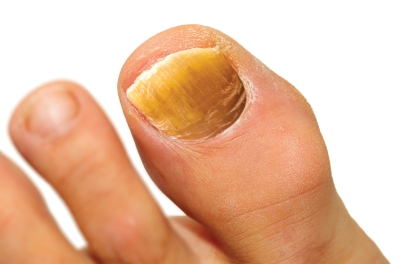What you need to know about Onychodystrophy
Onychodystrophy, or nail dystrophy, is the abnormal appearance or deformity of the nails. It is more common on the feet than the hands and can cause pain, difficulty in walking, and nail loss.

Many people suffer from nail disorders that cause discolored, deformed, or brittle nails.
Most can be treated when the cause of the nail disease is properly diagnosed.
Laboratory testing is key in getting a definitive diagnosis. Nail treatments target specific disease-causing organisms. It is important to ask your doctor for lab analysis so they can provide the most appropriate treatment according to the results.
Early identification of nail disease through lab testing will help you get proper treatment and prevent complications.
Various nail disorders appear identical, which makes physical examination alone less reliable. Often, nail dystrophy can have more than one cause.
Common Nail Disorders & Changes in Appearance

Causative infectious organisms are colorless and invisible to the eye. Diagnostic testing helps your doctor determine the exact underlying causes of nail disease.
How do I Get the Right Diagnosis?

Ask Your Physician
Your physician determines the cause of your nail disorder by examining the nail in the office, obtaining your medical history, and confirming the clinical diagnosis with laboratory testing.
Laboratory Testing Basics
A small sample of the nail is taken in the physician’s office and sent to a specialized dermatopathology laboratory for analysis. The lab offers multiple testing options including:
- Microbiologic culture
- Histologic (microscopic) evaluation to determine trauma or infection
- PCR (DNA) analysis for identification of specific infectious organisms
When used in combination, histologic and PCR testing provides the complete picture of your nail disease in 1-2 days.
Your Diagnostic Lab Report
After receiving your specimen, the laboratory will analyze it then provide your physician with a new diagnostic report.
The specialized report contains detailed findings and will help your physician understand the exact cause and find the appropriate treatment.
Targeted treatment for your nail disease begins with a definitive diagnosis through laboratory testing. Ask your doctor about BakoDx nail testing.
What Are My Treatment Options?
Treatment options for onychodystrophy include:
- Oral prescription medications
- Over-the-counter therapies
- Topical treatments
- Laser treatments
- Surgery
Bako Diagnostics is the premier provider of diagnostic services focusing on the nail, skin, soft tissue and bone of the lower extremity. Our pathology team provides both the information and the intelligence to enable patient care.
Visit BakoDx.com to learn more about our podiatry-related pathology services.
